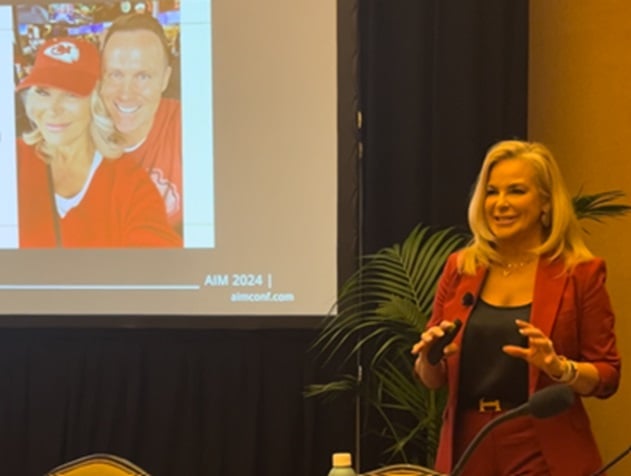3-D virtual tours, chat bots, omni-channel marketing technology and interactive sight maps came into their own in 2020 and are being applied even more in 2021.
Morgan Porter, digital marketing director at Birchstone Residential, Dallas-Fort Worth, commented on their capabilities and value when it comes to improving the resident journey in a blog published this week at multifamilyinsiders.com.
Porter, a multifamily industry professional with 13+ years' experience, writes that one primary goal for apartment companies looking to maintain success even during the pandemic and beyond was to find ways to replicate that personal touch through digital connections.
Recommended For You
Want to continue reading?
Become a Free ALM Digital Reader.
Once you are an ALM Digital Member, you’ll receive:
- Breaking commercial real estate news and analysis, on-site and via our newsletters and custom alerts
- Educational webcasts, white papers, and ebooks from industry thought leaders
- Critical coverage of the property casualty insurance and financial advisory markets on our other ALM sites, PropertyCasualty360 and ThinkAdvisor
Already have an account? Sign In Now
*May exclude premium content© 2025 ALM Global, LLC, All Rights Reserved. Request academic re-use from www.copyright.com. All other uses, submit a request to [email protected]. For more information visit Asset & Logo Licensing.








